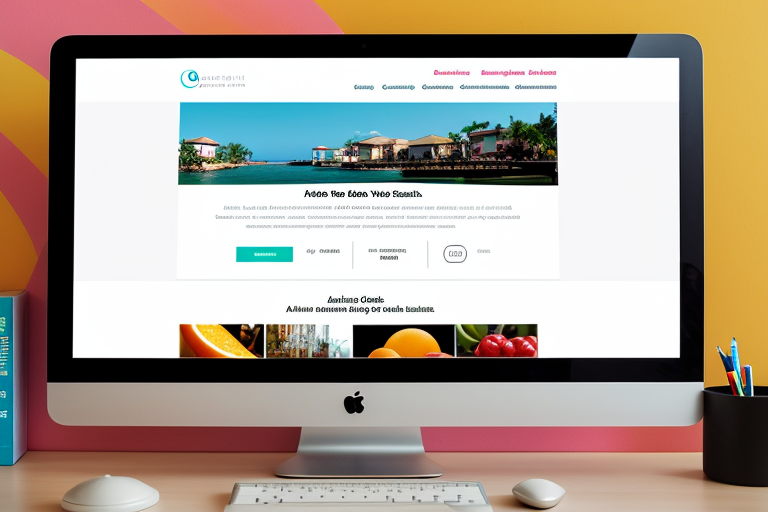In today’s fast-changing digital world, having an attractive and user-friendly website is incredibly important. A well-designed website is no longer a luxury, but a necessity. A thoughtful design can not only attract and engage visitors, but also lead to higher satisfaction levels, increased conversions, and improved search engine rankings. So, what are the key factors that contribute to a user-friendly website? Let’s explore web design and discover the essential elements that can turn your website into a digital masterpiece.
1. Define the Purpose: Before starting the design process, it’s crucial to understand the purpose of your website. By identifying your goals, you can ensure that every aspect of the design aligns with your intention. Setting SMART goals (specific, measurable, attainable, relevant, and time-bound) gives clear direction and allows you to measure the outcomes effectively.
2. Optimize for Mobile: With the rise of smartphones and tablets, optimizing your website for mobile devices is a must. This not only improves the user experience, but also boosts search engine rankings. Mobile optimization has become a crucial factor in search engine algorithms.
3. Use Multimedia: Adding visual and multimedia elements can greatly enhance your website design and captivate visitors. Images, videos, and other media not only grab attention, but also convey messages effectively. Optimizing images improves loading times and search engine visibility.
4. Pay Attention to Typography: Typography plays a significant role in website design. Choosing easy-to-read fonts that align with your brand creates a cohesive look. Readable text enhances the user experience, ensuring that visitors can easily consume and understand the content.
5. Highlight Your Unique Selling Proposition: To stand out from the competition, emphasize your unique selling proposition. Showcasing what sets you apart captures your target audience’s attention and leaves a lasting impression.
6. Organize Content Effectively: Organizing content in a logical and intuitive manner is crucial for a user-friendly website. By structuring information well, visitors can navigate seamlessly. A well-organized site map further enhances user experience.
7. Implement Effective On-Page SEO: Implementing on-page SEO strategies is vital for better search engine visibility and organic traffic. Incorporate relevant keywords in your content, meta tags, and headings to help search engines understand your website’s relevance to users’ queries.
8. Establish Visual Hierarchy: The layout and visual hierarchy of your website engage users. A clear visual hierarchy guides visitors to important information and actions. Establishing hierarchy makes your website more intuitive and user-friendly.
9. Optimize Loading Times: Fast loading times improve the user experience and contribute to better on-page SEO. Users have little patience for slow-loading websites, and search engines prioritize fast-loading sites.
10. Conduct a Pre-Launch Checklist: Before launching your website, have a comprehensive checklist to ensure everything is in place. Testing thoroughly and addressing potential issues reduce post-launch problems and ensure a smooth user experience from the start.
11. Track Key Performance Indicators: To measure your website’s success, track key performance indicators (KPIs). Bounce rate, conversion rate, and average session duration provide valuable insights into your website’s performance and areas for improvement.
12. Learn from Others: Explore other websites, especially those of competitors or industry leaders, for inspiration. Analyze what they do well and where they fall short to identify areas for improvement and stay ahead of the competition.
In conclusion, creating a user-friendly website requires careful consideration of various elements. From mobile optimization to typography, on-page SEO to multimedia, each aspect contributes to the overall user experience. By incorporating these essential elements into your website design, you can ensure that your website stands out, engages visitors, and achieves its purpose in the digital era. A well-designed website has the potential to be a game-changer for your business or personal brand.











